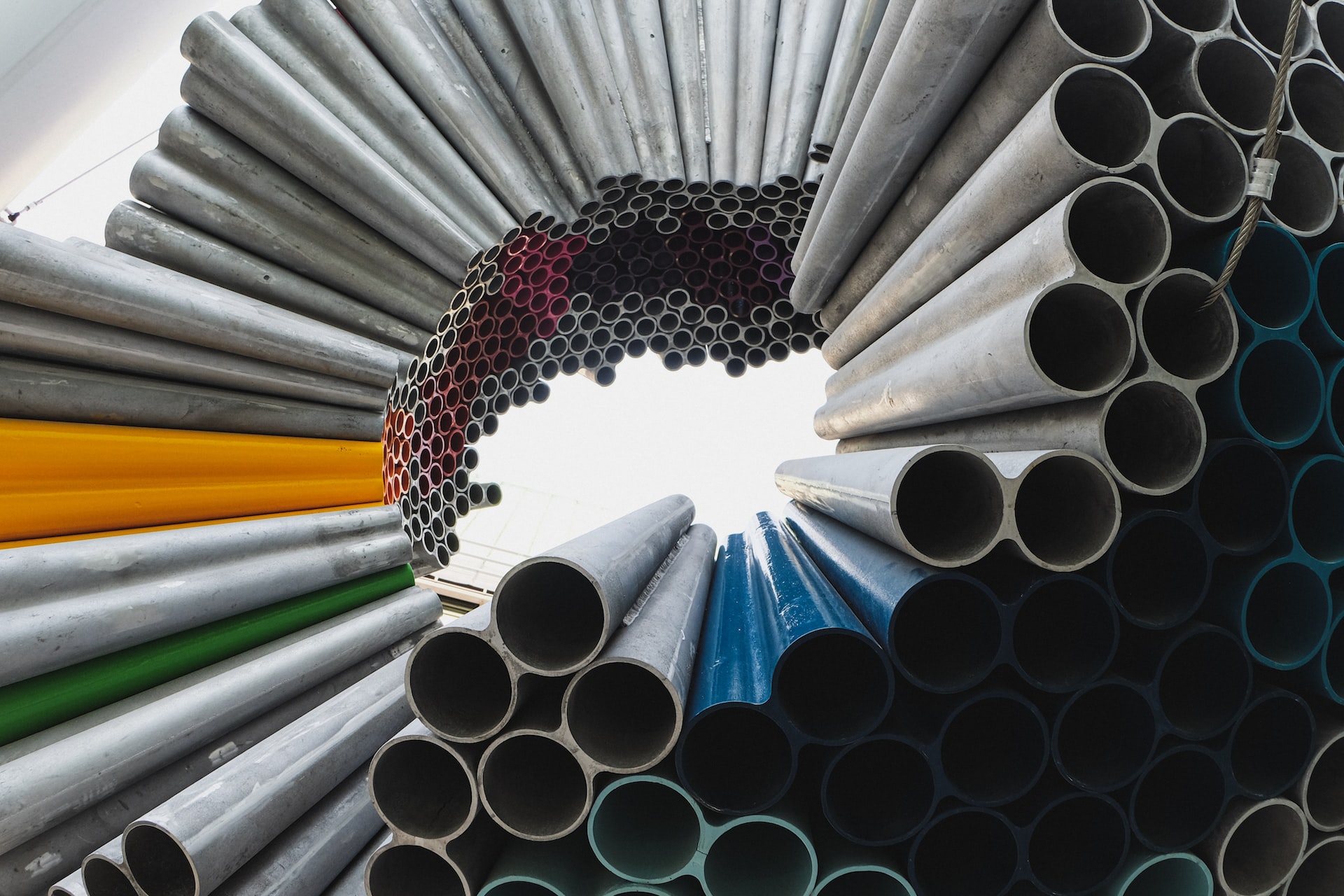7 things to consider before you jet a pipe
Jetting can be a useful way to clear out any foliage or debris that has clogged a pipe and caused a blockage within your water system. Pipe blockages can worsen over time, so it’s a good idea to be proactive if you notice a problem.
However, there are a couple of things to take into consideration before jetting a pipe at home yourself, especially if you’ve never used a jet hose before. From getting the right temperature, to knowing how to manoeuvre the hose correctly, successful execution requires a bit of knowledge and technical skill.
In this guide, we’re going to take a look at 7 things you should consider before jetting a blocked pipe, and go over a couple of signs that might indicate that you should call in the experts. Let’s take a look.
What is water jetting?
Water jetting (also known as hydro jetting) refers to the process of using a high-powered water hose (a ‘jet hose’) to clear out any unwanted debris within a blocked pipe. A plumber will insert the jet into the blocked pipe at its exit point, turn on the water, and the pressure from the jet hose will be forceful enough to dislodge the blockage, and will in turn unblock your pipe.
Hydro jetting is typically used by experts, although some hardware suppliers now sell high-power jet hoses to the general public. If you are thinking about using a jet hose at home to clear out a pipe, there are a number of important factors to first take into consideration.
What to consider before you jet a pipe
Before launching into your pipe clearing, we’d recommend going through the following points and ensuring that conditions are optimal to undertake pipe jetting:
Consider the type of blockage
In general, jet hoses and hydro jetting are best suited to foliage, ice, grease build up, and other similar forms of ‘soft’ debris. If you suspect that your pipe may be blocked with firmer debris (such as twigs and tree roots) it might be a better idea to think about snaking, which will work better at dislodging the blockage.
Think about the condition of your pipes
As its name implies, hydro jetting uses high-pressure water to unblock and clear pipes. While it’s certainly an efficient method for dislodging stubborn blockages, the water pressure can also be so forceful that it can actually end up damaging old pipes. If your pipes are old, noisy, or creaky, you might want to think twice before using a jet hose to clear them. Snaking might be a better – and safer – option if your pipes aren’t in the best condition.
Make sure the size is right
Another thing to take into consideration is the size of your pipe – you’re going to need to make sure that the hose you’re using is large enough to clear away the debris, but not so large that you’re going to end up getting the hose stuck within the pipe, in turn blocking it further. An easy way to make sure the size is right is to take a quick circumference measurement beforehand.
Size is also going to naturally impact how easily you’re able to clear the pipes – smaller hoses are going to be more flexible and easy to manoeuvre, while larger hoses are going to be more rigid and slightly more difficult to manipulate.
Choose the right temperature
Another key point to make is that outdoor temperatures can significantly impact how easily you’re able to jet a blocked pipe: if you perform hydro jetting during freezing cold temperatures, you could end up making the job a lot more difficult for yourself, as the pump on your hydro jet could freeze up and become inflexible – or even stuck.
An easy way to tackle this is by using an antifreeze tank – an antifreeze tank is non-negotiable if you live in a very cold climate, or if your blocked pipes occur during the winter months. Ideally, it’s a good idea to wait until the temperatures increase before performing hydro jetting, but unfortunately you can’t control what season you end up with a blocked pipe.
Ensure you have enough water
If you want to be able to perform your hydro jetting seamlessly, you’ll need to make sure that you have enough water to keep the hose powered throughout the duration of your jetting. If you end up running short on water, this could end up causing cavitation, which can seriously damage – or even ruin – your hose pump. If you’re going to be connecting your water pump to a garden hose, run a couple of checks beforehand to ensure that the water is powerful enough to keep your jet at the right level of pressure.
Keep it moving
When jetting a pipe at home, it’s important for you to keep the jet hose moving at all times. The most optimal technique for jetting a pipe is to move the hose back and forward, around 2 feet forward, before repeating the same movement backwards in the opposite direction. This offers the best friction, so that the debris and dirt is pushed away from the pipe as you pull away.
If you keep your jet hose static, you can often end up with vortices around the head of your jet hose – if these remain still for any prolonged period of time, they can end up pushing the debris into the space between the hose and the pipe, creating another blockage. Always keep the hose moving, and the debris should be easily expelled from the end of the jet hose.
Know when to call in the experts
If you’re unable to unblock your pipe with your hydro jet, it might be a sign that you need to enlist expert help to aid with the blockage. If the debris refuses to dislodge, never force it! It’s a good idea to speak with pipe unblocking and drain unclogging experts, who will be able to offer advice and dislodge the debris using professional tools and techniques.

